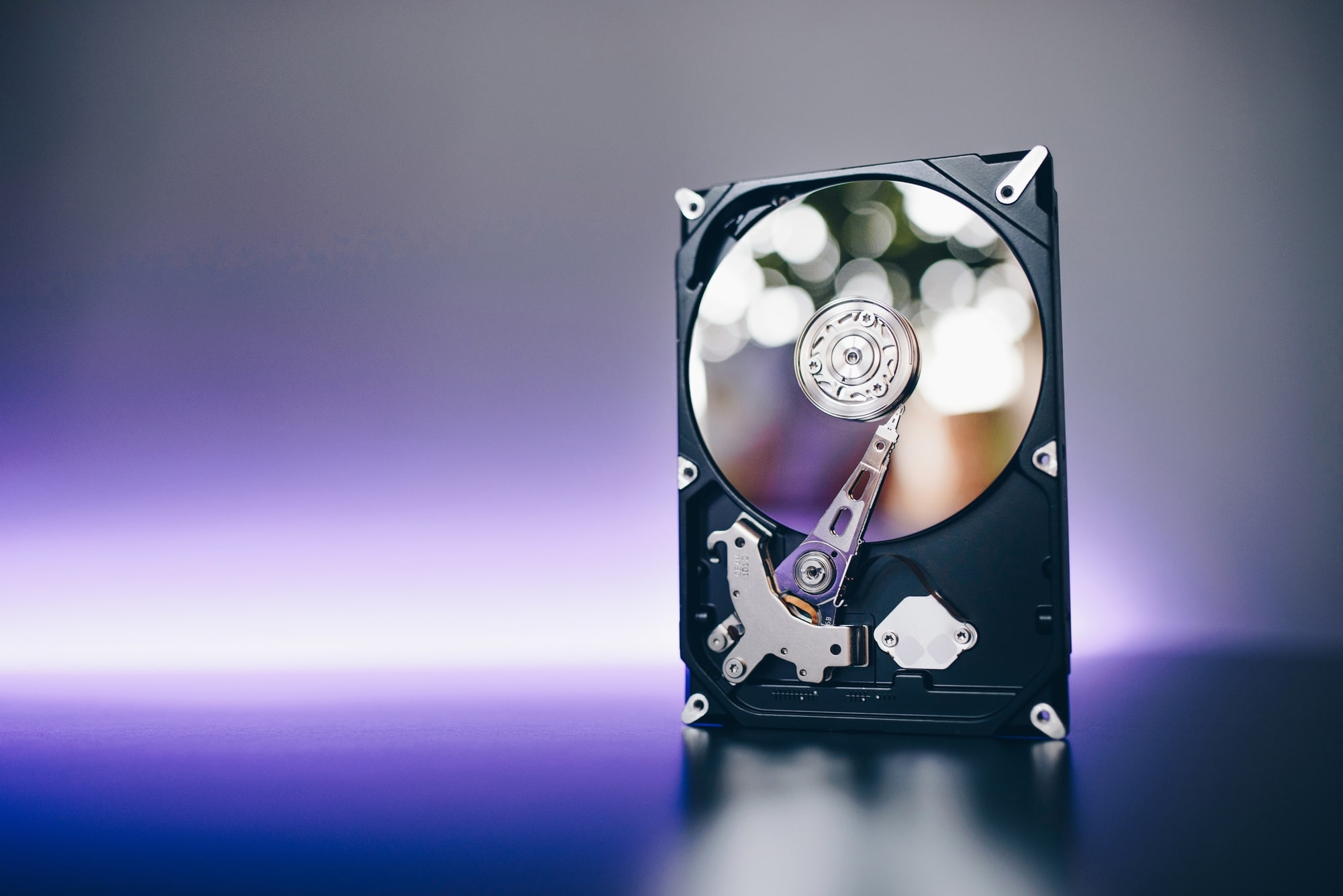
An Overview of Computer Storage Systems Block, File, and Object-Oriented
There are three ways to store and get data: Block Storage, File System, and Object Storage. They are often shown as 3 different models that compete with each other. Each model has its pros and cons. This method isn't wrong, but it won't help you fully understand the fundamental differences between them and, if needed, choose the one that's best for your organization.
Computer system fundamentals
There is a lot of data about the history of storage media, from perforated cards to the recent attempts to store information in DNA strands. Almost all of us have used disks, ZIP disks, CD-ROMs, DVDs, flash memory, SATA, SSD, or NVMe disks at some point in our lives. The fact that magnetic tapes are still used to store data shows that this change hasn't yet led to all data being held in the "cloud." People talked too soon about the end of these solutions, but their use is still growing today.
The parallel history of storage modalities, from block storage to object storage, is less well-known, perhaps because of its origins in the lower IT levels. Over the period, so many layers of abstraction were added between hardware and software that learning about their history can be like going caving or doing archaeology. Let's go on this journey together to find out more.
Separate the storage system and the server.
Most computers have always only had one hard disk. On the other hand, servers were quickly made to hold more than one disk. This happened:
First, to make more room for storage.
Then for data security (with the introduction of RAID, whose idea was initially established in the late 1980s) and ultimately to address performance difficulties.
But this vertical resizing (called "scale-out") will eventually hit a wall: the server chassis.
The first big technological step was separating the storage system from the server and letting it use disks that were not in its chassis.
This led to the development of Direct Attached Storage (DAS), which lets a computer use a disk attached to it as a device.
Then came the Storage Area Network (SAN), a networked hard disk system that uses the Fibre Channel protocol to let a machine access storage space in client/server mode.
Then, it became possible for several servers to share storage space. But you can't read or write from multiple machines at the same time because it's hard to keep track of all the different entries.
But separating storage from servers was a big step forward. This allowed the first "complex" architectures to be built to make sure applications were always available. At its core, the database is shared storage between a master machine and a slave machine, ready to take over if the master machine goes down.
This active/passive mode will be improved quickly with the active/passive crossover. The two machines work together and can take over for each other in case of a problem, taking on the other's load for a short time (provided they have the capacity since the bag is doubled). This keeps a machine from being put to sleep when it will only be used for a few minutes a year. And using two servers at 50% of their capacity makes it easier to handle peaks in traffic.
File system generalization
File systems became more popular because of the rise of office automation and the need to work together by sharing and editing documents and folders simultaneously. The easiest way to understand storage is in file mode also called "file-based." Its basic idea is similar to what you might expect from a file explorer (or Finder for Mac OS enthusiasts).
The data is kept in folders and subfolders, which make up a tree-like structure. Depending on how deep the tree structure goes, the information is accessed by a longer or shorter path. Most direct and Network Attached Storage (NAS) systems still use this "hierarchical" storage method.
As the number of file systems has grown, new protocols have been made to organize how servers and shared storage spaces talk to each other.
Sun Microsystems created NFS in 1984.
IBM first made Server Message Block (SMB) in 1985. Microsoft became famous by making it the default file-sharing system for Windows. In 1996, Microsoft changed the name to Common Internet File System (CIFS), but in 2006, it returned to its original initials, SMB. Samba is the most well-known and widely used open-source implementation of the SMB protocol. It was released to the public for the first time in 1997.
File Transfer Protocol (FTP) has become the method of choice for new uses of the web, especially when uploading files and using NAS. It was the perfect answer to the need for a back-end storage solution that multiple servers could use to make n-tier web apps. This is why solutions like those made by NetApp, an American company that increased in the 2000s to become the second-largest data storage company after Dell and HP, were so successful.
